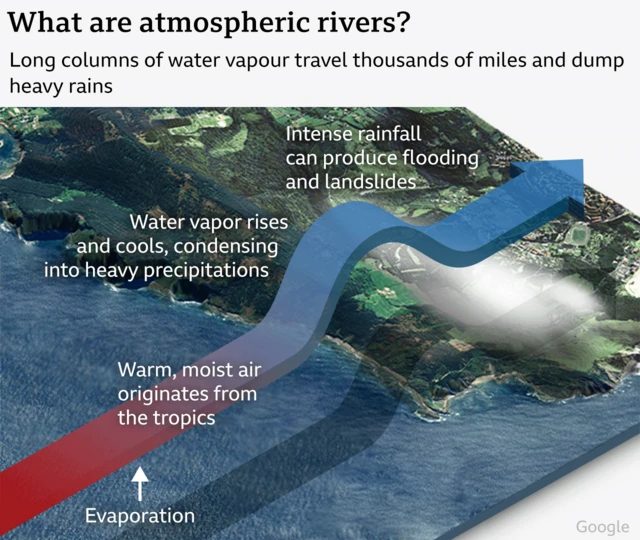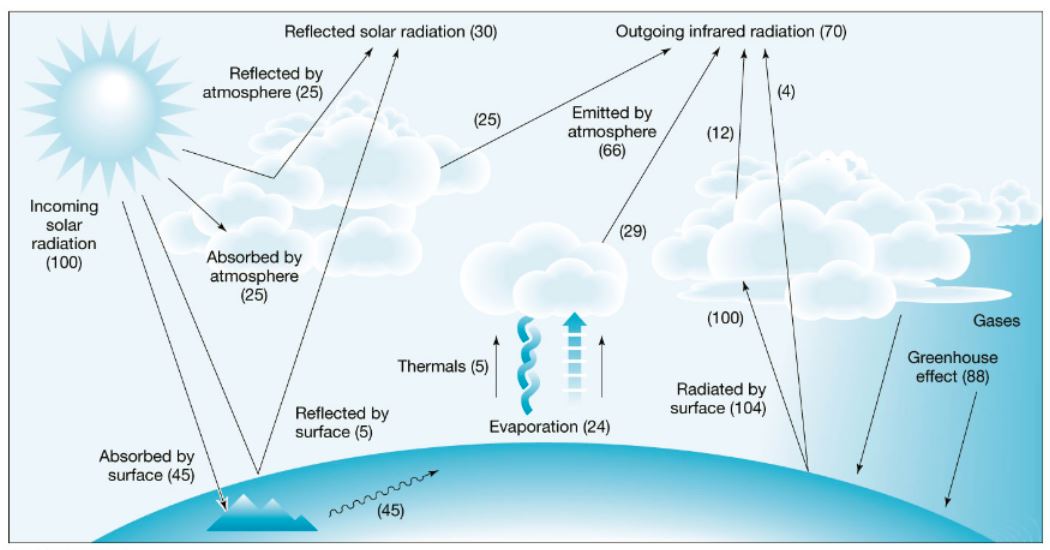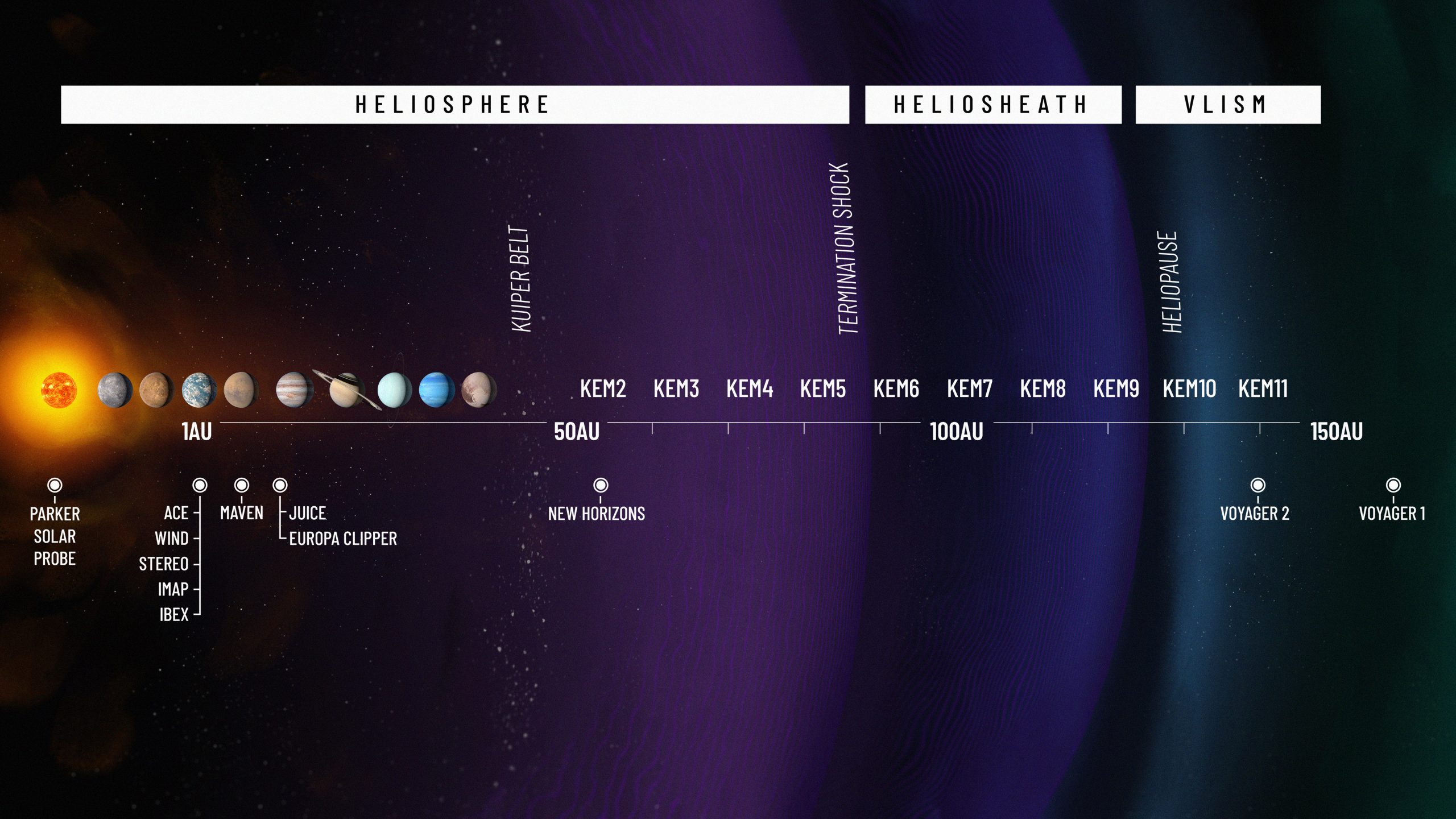Introduction
India’s embrace of the digital revolution has been rapid and transformative. From smartphones to smart homes, electronics have become integral to urban living. However, this transformation carries a dark underbelly: the mounting crisis of e-waste. In 2025, India generated 2.2 million tonnes of e-waste, becoming the third-largest generator globally, after China and the United States. Despite having a formal recycling capacity of over 2.2 million MT, more than half of India’s e-waste is still processed informally, exposing millions to toxic substances. The issue is not just environmental but also a public health catastrophe, disproportionately affecting the poor and marginalised.
Why is e-waste in the news?
India’s e-waste problem is no longer a distant warning but an immediate crisis. The country has seen a 150% surge in e-waste since 2017–18 (0.71 MT to 2.2 MT in 2025), with projections of doubling by 2030. Cities like Seelampur (Delhi), Moradabad (UP), and Bhiwandi (Maharashtra) have emerged as hotspots of informal recycling, where toxic fumes and crude dismantling methods poison both workers and residents. Despite 322 formal recycling units, informal handlers dominate the sector, creating one of the sharpest contrasts between policy design and ground reality.
The Escalating Burden of E-Waste
- Third-largest generator: India stands only behind China and the U.S., producing 2.2 MT of e-waste in 2025.
- Rapid growth: A 150% surge in seven years, expected to double by 2030.
- Urban hotspots: Over 60% of e-waste originates from just 65 cities; major hubs include Seelampur, Mustafabad, Moradabad, and Bhiwandi.
Why informal recycling is a ticking time bomb
- Crude methods: Manual dismantling, open burning, and acid leaching without protective equipment.
- Toxic substances: Release of over 1,000 hazardous chemicals, including heavy metals (lead, cadmium, mercury, chromium), POPs (dioxins, furans), and fine particulate matter (PM₂.₅ and PM₁₀).
- Alarming air quality: PM₂.₅ levels in Seelampur exceed 300 µg/m³ — over 12 times higher than WHO’s safe limit of 25 µg/m³.
How does e-waste impact human health?
- Respiratory illnesses: Workers show 76–80% prevalence of chronic bronchitis, asthma, persistent coughing (MDPI Applied Sciences, 2025).
- Neurological damage: Lead exposure linked to cognitive impairment, reduced IQ, attention deficits. WHO warns millions of children are at risk.
- Skin & ocular disorders: Rashes, burns, dermatitis; in Guiyu (China), exposure linked to miscarriages and preterm births.
- Genetic and systemic effects: DNA damage, oxidative stress, altered immune functions; children show higher vulnerability.
- Syndemic environment: E-waste risks compound poverty, malnutrition, and unsafe housing, worsening outcomes for urban poor.
Policy response: Progress and gaps
- E-Waste (Management) Rules, 2022: Strengthened Extended Producer Responsibility (EPR), mandatory registration, incentives for formalisation.
- Weak enforcement: As of 2023–24, only 43% of e-waste was officially processed.
- Legal hurdles: Capping of EPR credit prices led to legal disputes with manufacturers.
- Gap: Informal handlers still dominate, undermining scientific recycling capacity.
The Way Forward
- Formalise the informal: Integrate kabadiwalas through skill certification, PPE provision, healthcare, social security.
- Strengthen enforcement: Empower Pollution Control Boards, mandate digital tracking & audits.
- Expand medical surveillance: Health camps and long-term studies, especially on children in hotspots.
- Foster innovation: Promote local recycling technologies, decentralised treatment hubs.
- Raise awareness: Mass campaigns and school-level education on e-waste.
Conclusion
India’s digital empowerment cannot come at the cost of environmental collapse and human suffering. The e-waste crisis is not only a question of waste management but also of justice and public health. Unless India formalises its informal sector, strengthens enforcement, invests in technology, and raises awareness, the cost of convenience will continue to erode both ecosystems and human dignity.
PYQ Relevance
[UPSC 2018] What are the impediments in disposing the huge quantities of discarded solid wastes which are continuously being generated? How do we remove safely the toxic wastes that have been accumulating in our habitable environment?
Linkage: The article on e-waste directly links to this PYQ as it highlights impediments like dominance of informal recycling, weak enforcement of E-Waste Rules, and lack of awareness, while also suggesting safe disposal measures such as formalisation, digital tracking, PPE use, decentralised hubs, and scientific recycling methods.
Get an IAS/IPS ranker as your 1: 1 personal mentor for UPSC 2024






